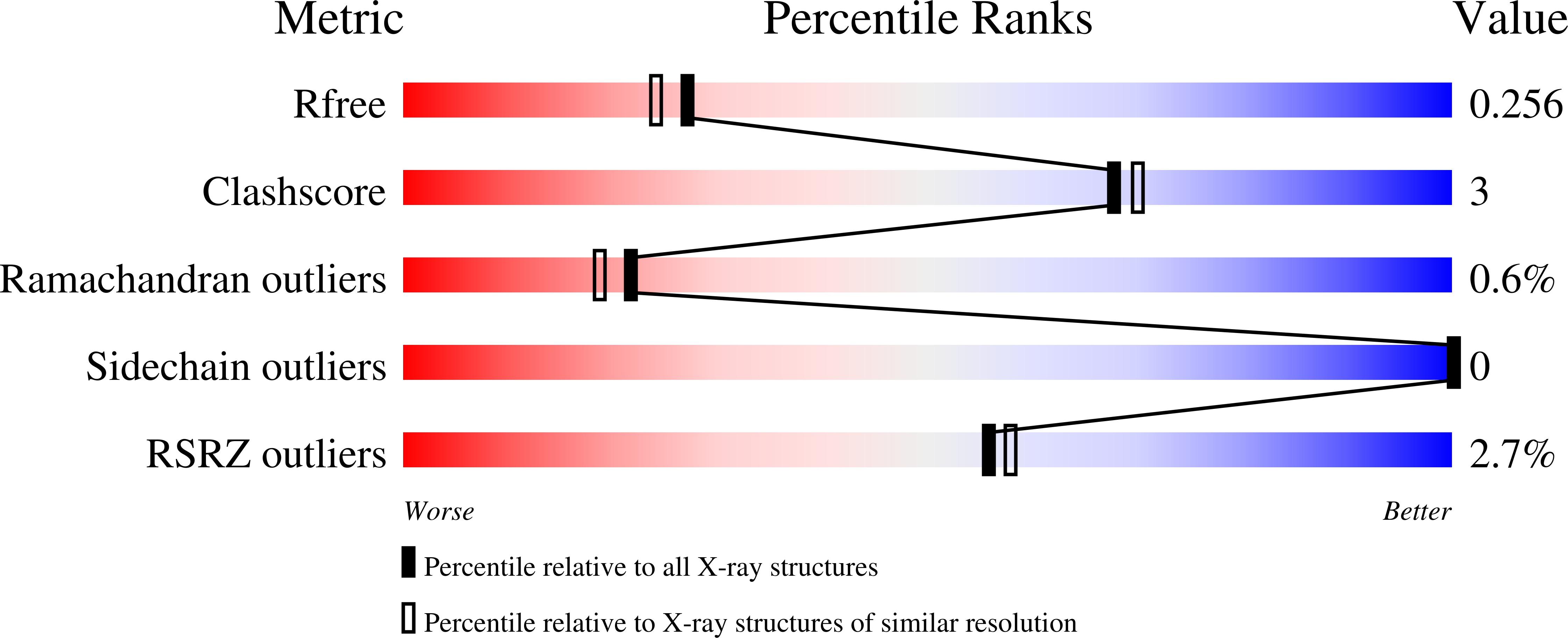
Deposition Date
2024-12-29
Release Date
2025-06-11
Last Version Date
2025-08-13
Entry Detail
PDB ID:
9HVH
Keywords:
Title:
High-efficiency Kemp eliminases by complete computational design
Biological Source:
Source Organism:
Escherichia (Taxon ID: 561)
Host Organism:
Method Details:
Experimental Method:
Resolution:
2.10 Å
R-Value Free:
0.25
R-Value Work:
0.20
R-Value Observed:
0.20
Space Group:
P 1 21 1


